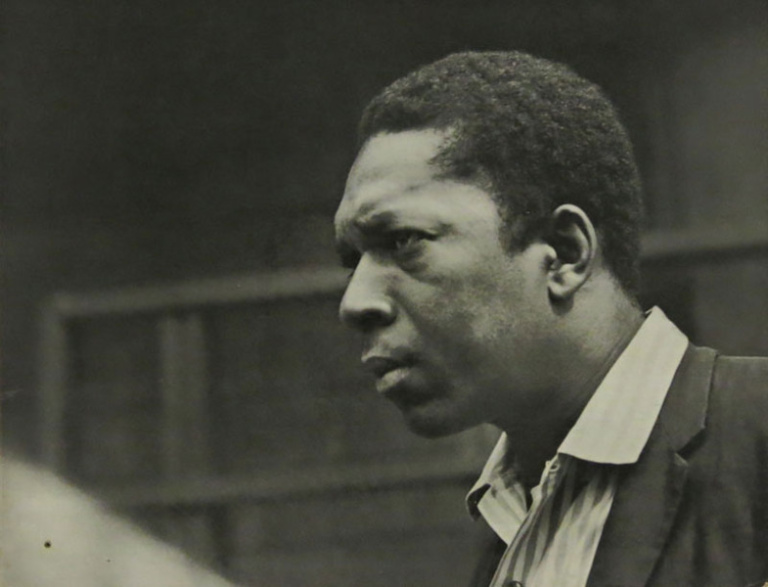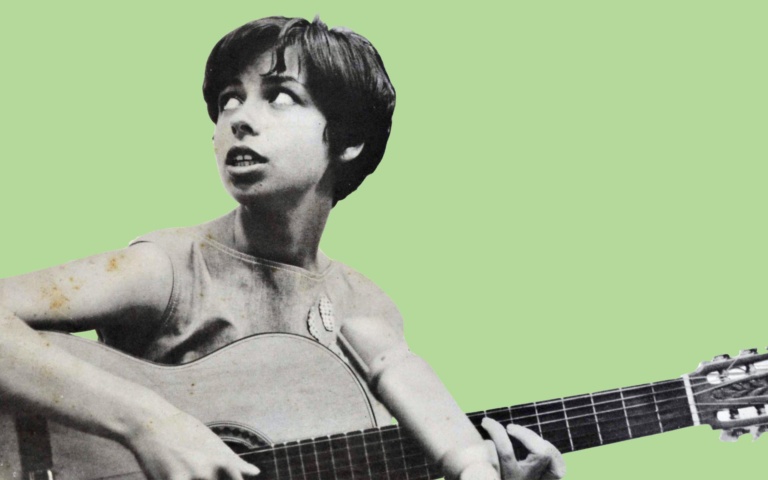MUSIC: Fifty Years and Counting: Why John Coltrane’s ‘A Love Supreme’ Is Still a Musical Revelation
(Published at KQED on Dec. 9, 2014: https://ww2.kqed.org/arts/2014/12/09/fifty-years-and-counting-why-john-coltranes-a-love-supreme-is-still-a-musical-revelation/) Even the album’s cover photo is unforgettable – and a bit jarring. Is John Coltrane angry? In pain? Contemplative? A Love Supreme is one of the most recognizable, most successful and most influential jazz albums in history. Recorded in 1964, it’s Coltrane at his best, a milestone piece of art that set a…

